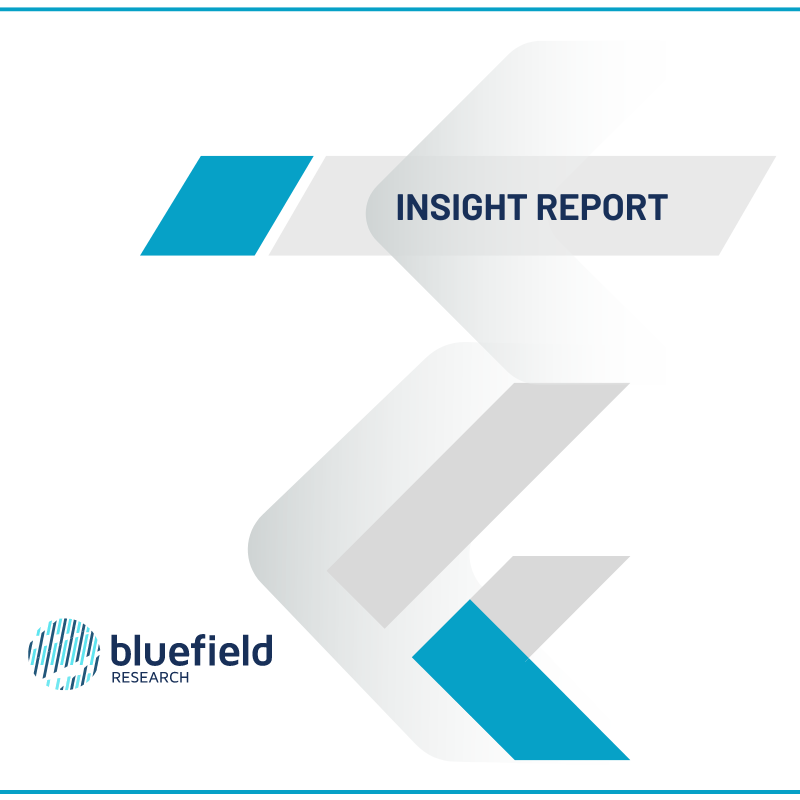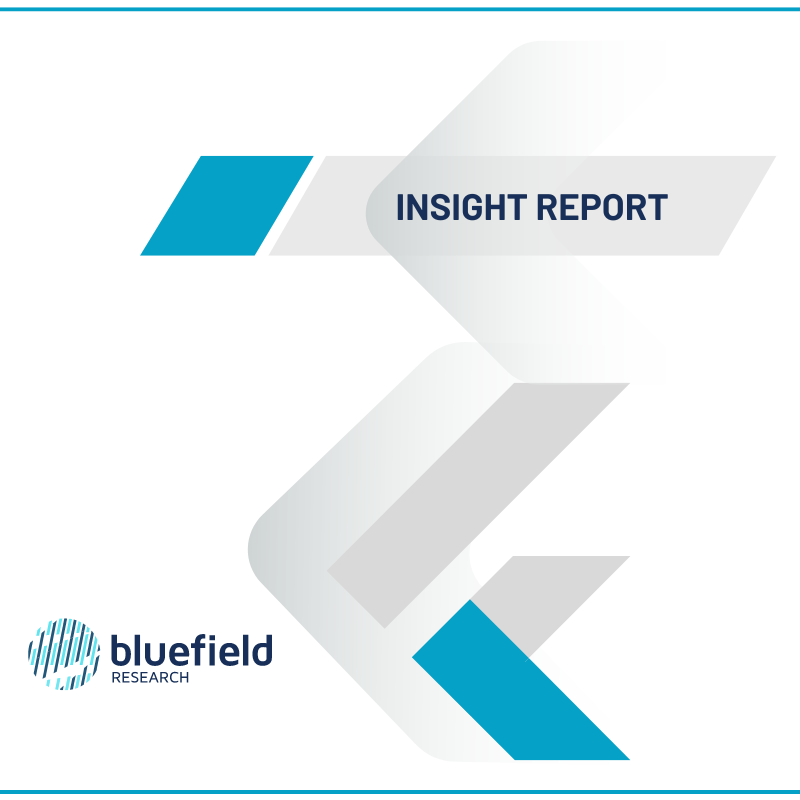
Table of Contents - U.S. Municipal Biosolids Management, 2025–2035
Section 1 – Drivers & Inhibitors for Biosolids Management
- Biosolids: An Output of Sludge Processing
- Biosolids Management Market Drivers
- Biosolids Management Pathways
- National Overview of U.S. Biosolids Management
- Regional Overview of U.S. Biosolids Management
- Agricultural Land Spreading is the Primary Biosolids Management Strategy
- Class A EQ Biosolids Production
- Diminishing Landfill Capacity Reduces Availability for Biosolids Disposal
- Steadily Rising Tipping Fees Increase Landfill Disposal Costs
- Incineration Provides a Regionally Significant Biosolids Outlet
- Digestion/Biogas Production—an Intermediate Beneficial Use for Biosolids
- Alternative Delivery Methods are Common for Biosolids Facilities
- Outsourcing Biosolids Management
- PFAS Currently Dominates Emerging Contaminants Concerns
- State Policy Overview – PFAS in Biosolids
- CERCLA Designation Further Complicates Biosolids Disposal
- Emerging Technologies for Biosolids Disposal
Section 2 – U.S. Biosolids Market Sizing & Forecasts
- Biosolids Management Market Model Structure
- Market Snapshot – Current Municipal Spend on Biosolids Management
- The Big Picture: Key Opportunities in the U.S. Municipal Biosolids Market
- Hot Spots – U.S. Municipal Biosolids Management Regional Forecasts
- Wild Cards – Potential Game Changers for Municipal Biosolids Management
Section 3 – Key Biosolids Market Players and Company Profiles
- U.S. Municipal Biosolids Management Vendor Value Chain
- Volume Reduction is Increasingly Important for Biosolids Management
- Vendor Portfolios: Sludge Dewatering and Drying Equipment
- Alfa Laval Group
- Cambi
- Casella Waste Systems Inc.
- Centrisys/CNP
- Denali Water Solutions
- GFL Environmental Inc.
- Komline
- Lystek International Ltd.
- Merrell Bros. Inc.
- Schwing Bioset Inc.
- Synagro Technologies Inc.
- Veolia Environment S.A.
- Waste Management Inc.
